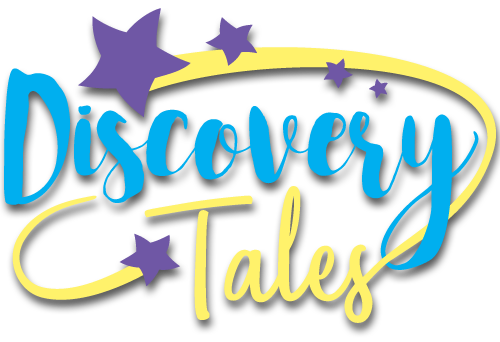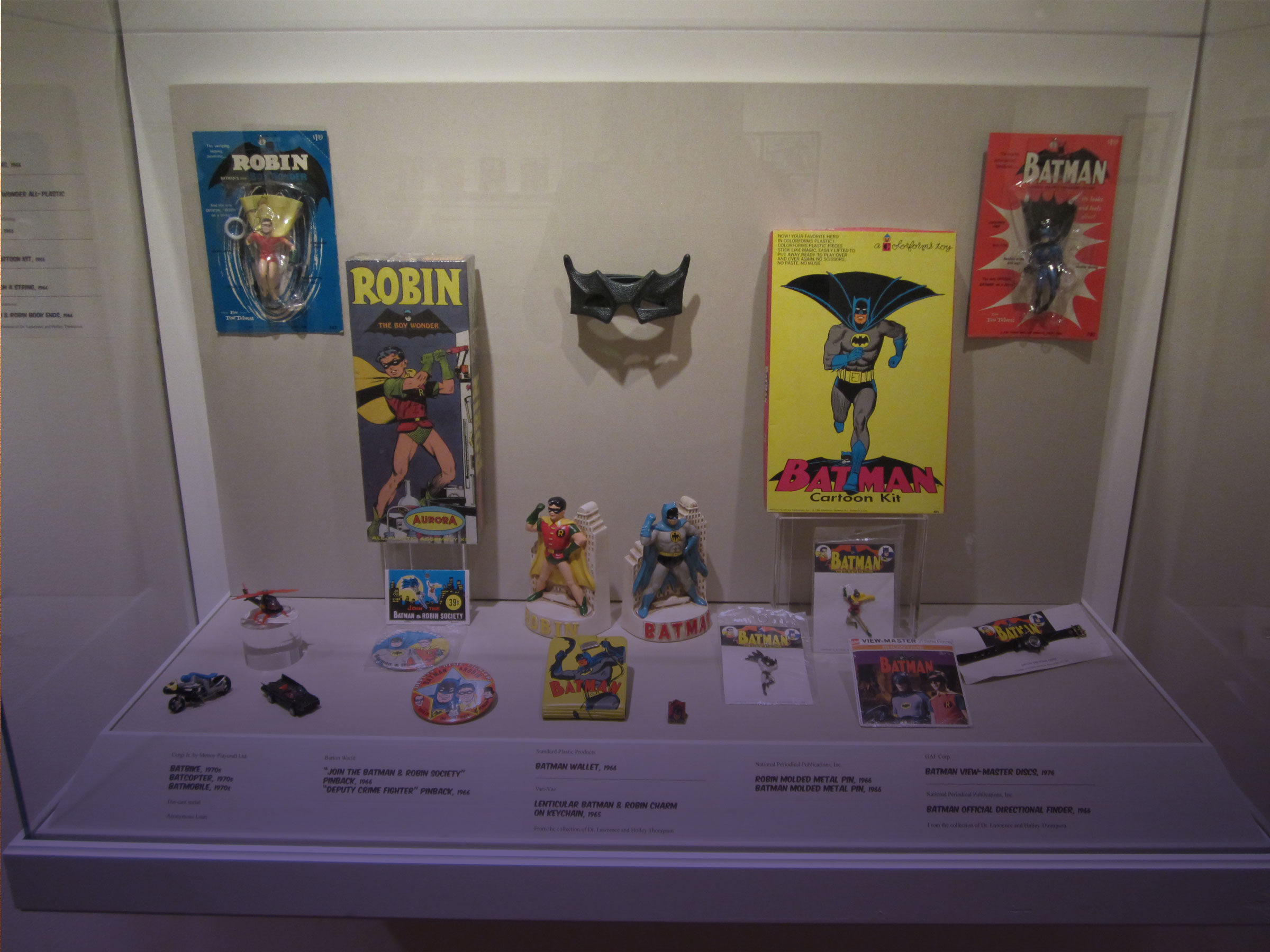Several weeks ago I had the opportunity to attend the “You Are My Superhero” exhibit at the Dayton Art Institute. The discoveries found and exhibits seen were interesting.
In Mike Benton’s The Comic Book in America: An Illustrated History, he argues that seven superheroes stand out as most historically important: Superman (for being first), Batman (for being “non-super”) Wonder Woman (for being female), Spider-Man (for being complicated), Captain American (for being most patriotic), Captain Marvel (for being the best selling of all time, not counting speculation sales of a few first-in-the-series issues in the 90’s) and Plastic Man (for being the first parody).
Superman’s creators, author Jerry Siegel and illustrator Joe Shuster, were high school buddies from Cleveland, Ohio. Superman started out in 1933 as a villain, but quickly transformed to a caped do-gooder with bulletproof skin and the ability to leap an eighth of a mile.

Technically, superheroes have superpowers, but every now and then we find one who is solely armed with his or her wits and natural ability. Batman is the most well known. A display read “You Know When You See One” and described how we distinguish superheroes by the individual symbols with which they are associated, their costumes, sigils (the emblems on their chests) and disguises and their superpowers often have visual consequences, with bodies that stretch like plastic or grown animal features like gills and claws.
Just how powerful are these images? McCrary’s research in 1999 suggested that children’s artwork learned moral values from superheroes they watched on television. In 2002, Lerner’s research discovered that people are intrinsically motivated to believe in a just world, which seems to explain why superheroes routinely engage in epic battles of evil versus good.

Interestingly, for girls, female superheroes have been a small minority, but have been in existence since the 1940’s. Mary Marvel was introduced in 1942 just one year after Wonder Woman. As individual rather than a superhero family, Wonder Woman began in a feminist mode. Her character changed with the times and in the 1950’s she became more powerful and more independent.
The entrance sign to the exhibit read in part “of this crop of superheroes, some have perfect principals and clear motivations – some are flawed and more than a little frightening – many have undergone ‘makeovers’ that mirror how we perceive ourselves and our increasingly complex world. We dream of being powerful. We dream of being safe. And each one of us wants to overcome our own flawed character and imperfect past to achieve something in this world. People create superheroes that reflect basic human desire to do good and be good.”

Who is your superhero? What superpower would you like to have?

